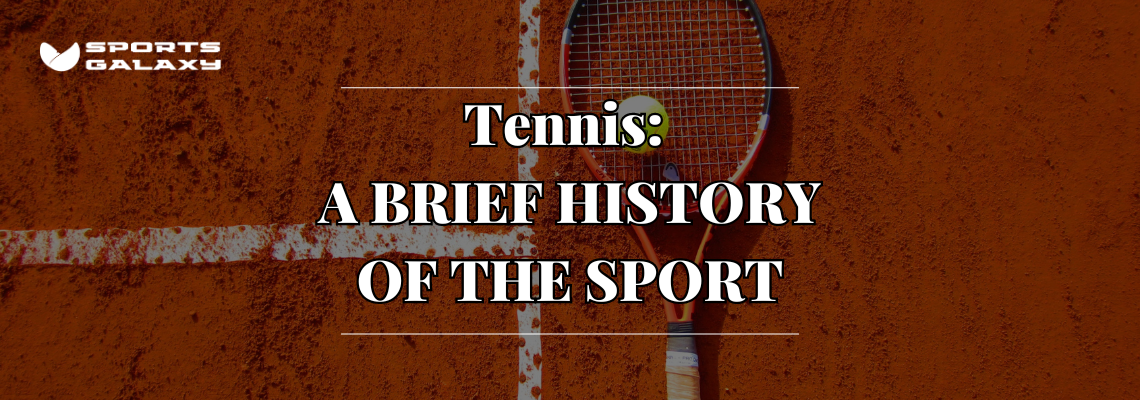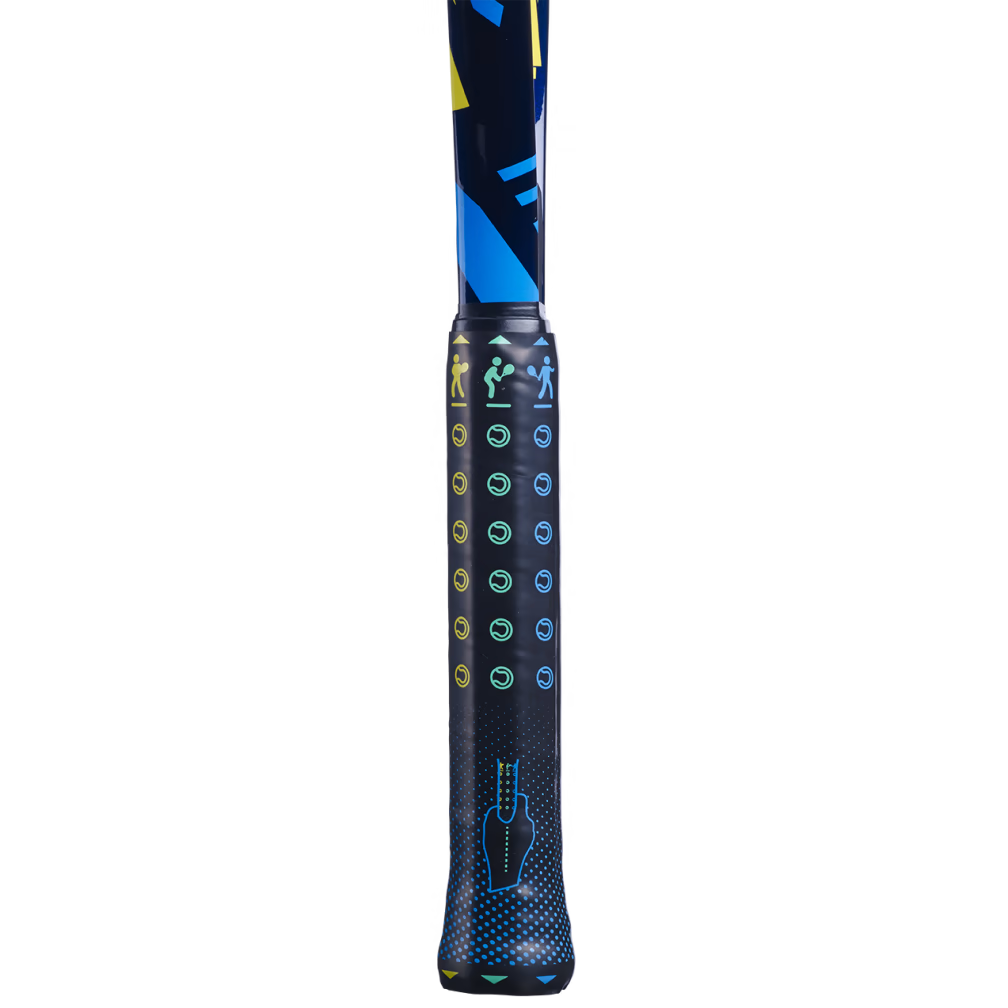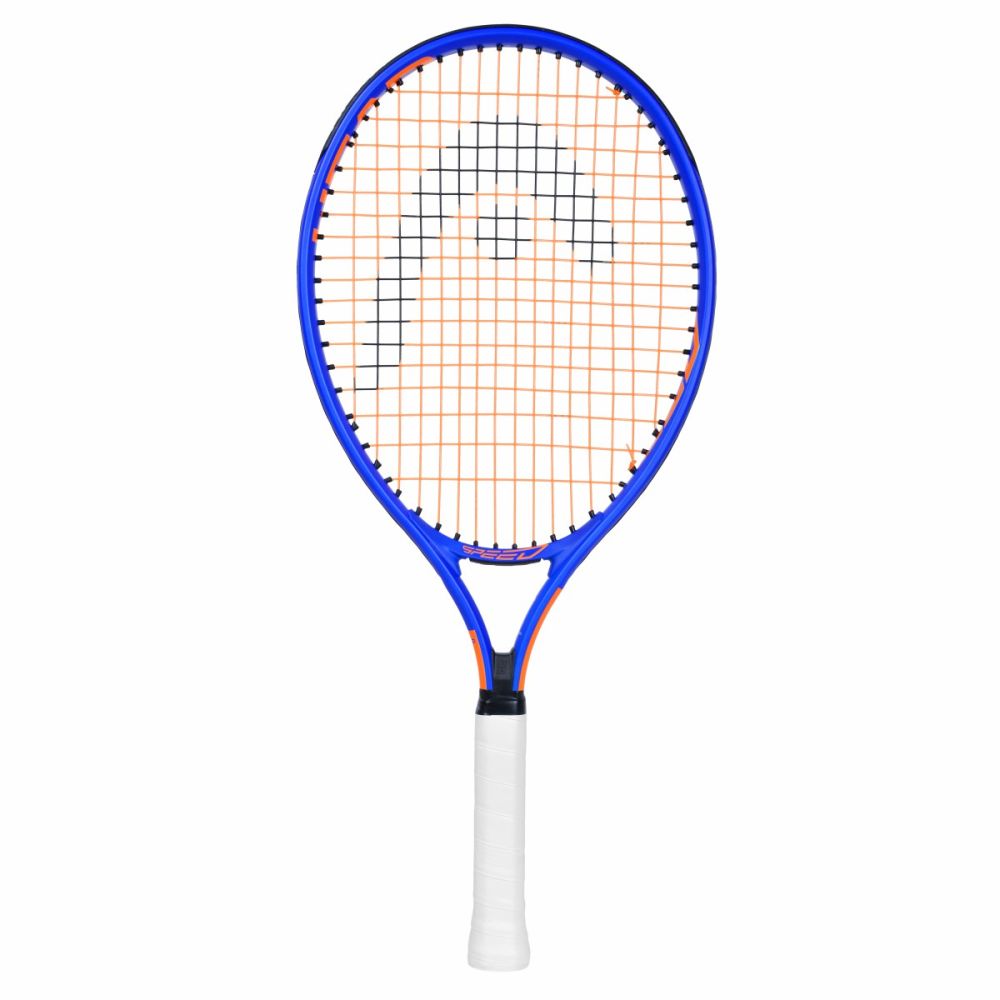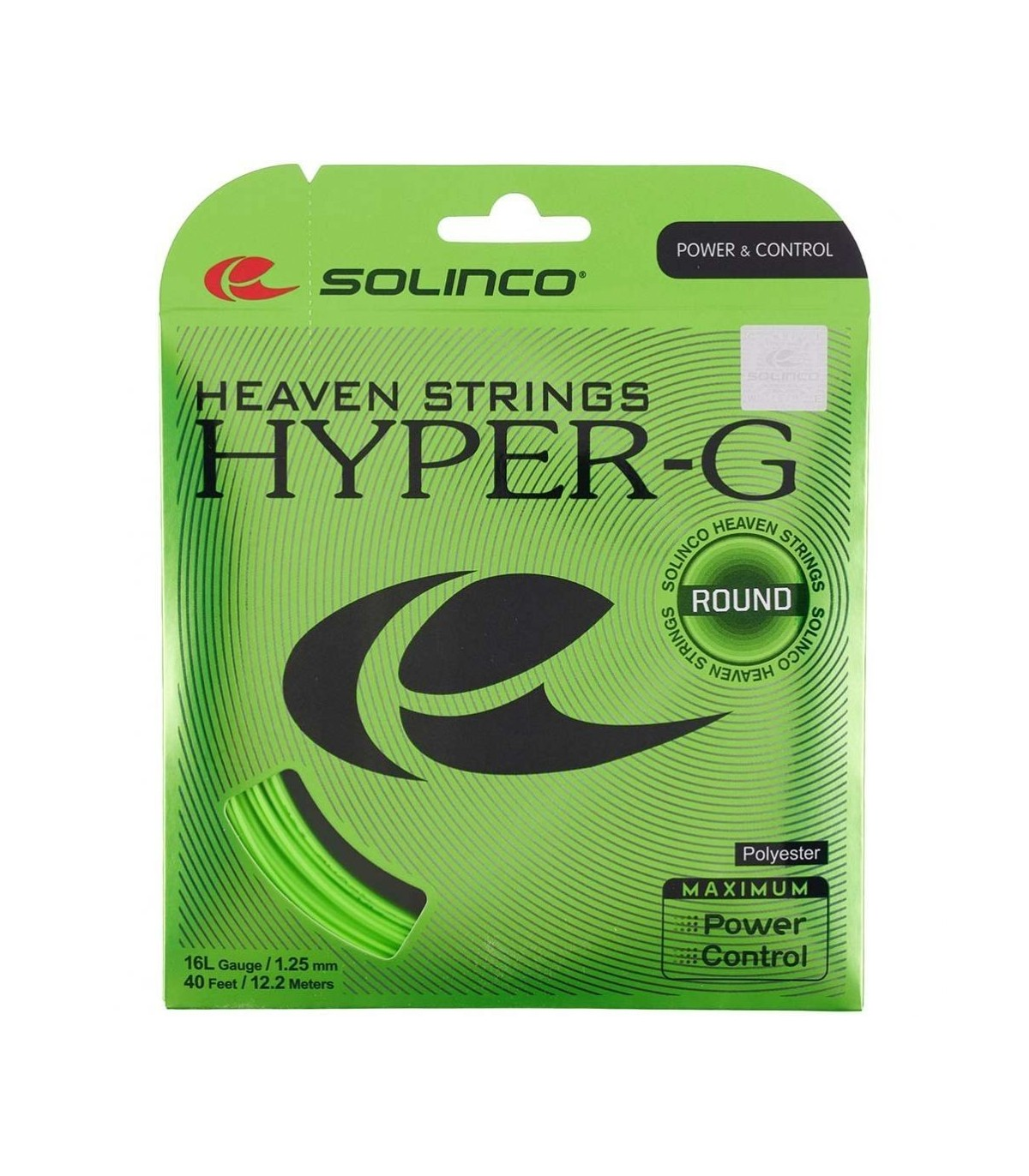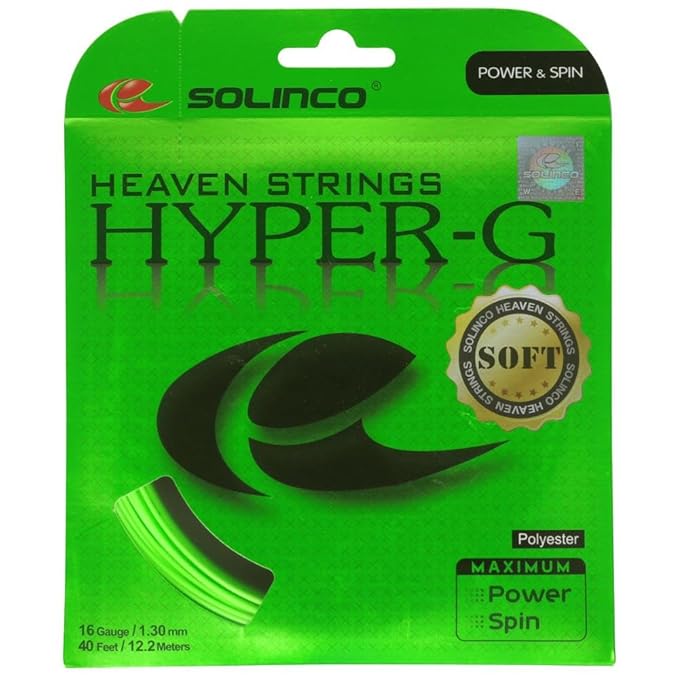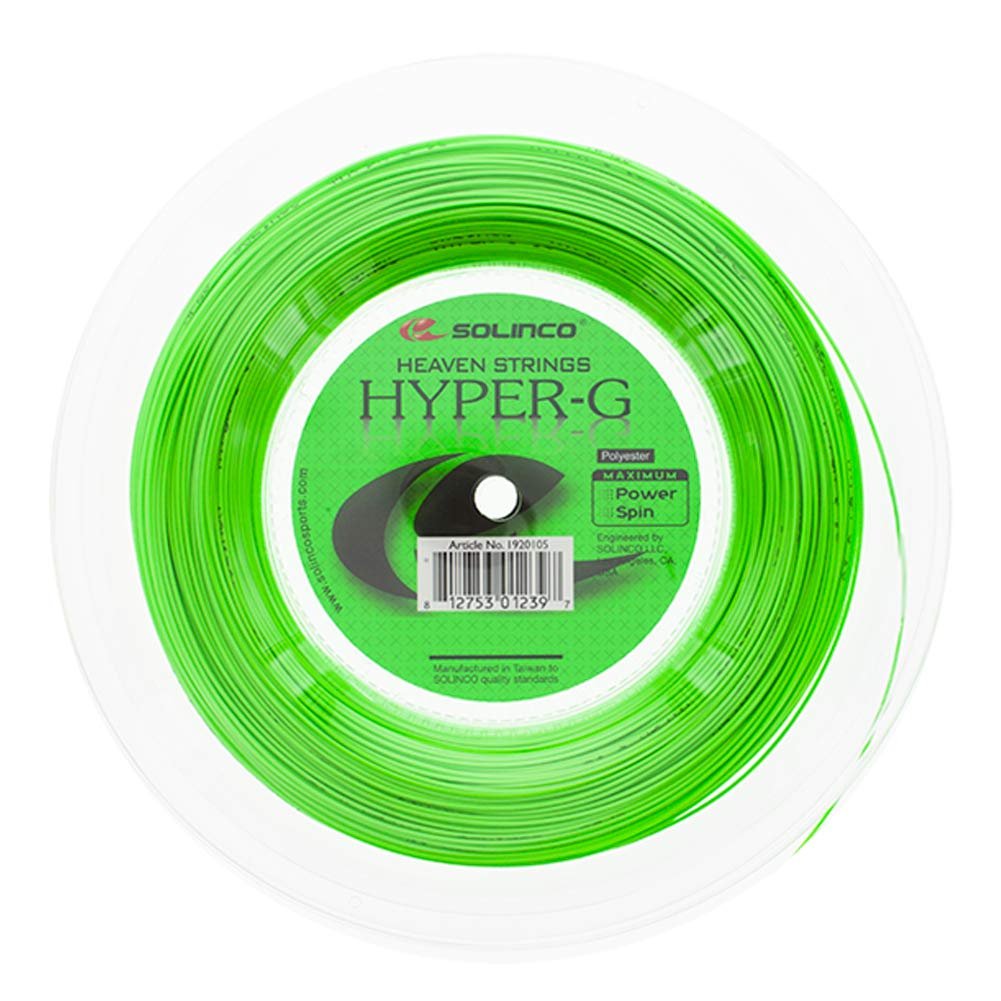Do you know how the tennis was originated? You’re not alone! Nothing ventured nothing gained… we went to the source and took a deep dive into tennis’s roots dating back 100s of years. History of tennisTennis The game we know today has ancient origins. What is tennis without its legendary historical unfold!
The Early Days of Tennis
History of TennisTennis has been around for a good long time and probably accordance to ancient cave painting tennis game was played in 17 Century ago. TennisWhile there is no evidence, many historians believe that the sport of tennis was based on an Egyptian game played thousands or years. While these early BJD games were not quite what we think of as tennis today, they did typically involve a ball being struck by the hand or a primitive form of paddle.
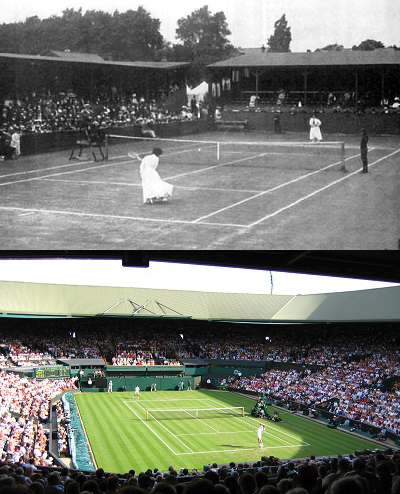
The word “tennis” might be linked to the town Tinnis in Egypt and racquet could have been derived from rahat, a word for palm in Arabic. Some ancient Egyptian carvings from 1500 BC portray people playing a version of the game in which they are hitting a small ball back and forth over a net.
Tennis-like games can be traced back to around the 11th or 12th century in France; a game specially designed for royalty and nobility. Jeu de Paume was played in the 13th century by French monks. Servers would call out “tenez” (meaning essentially “take heed” or “receive”) before serving. The early version of tennis played against a wall or over a rop
The Rise of Real Tennis
In the 13th century there were an estimated 1,800 courts in France. It was actually so popular that the Pope and French kings tried to outlaw it at one time or another but failed. The game started in England and eventually became popular among many notable people of the day like Henry VII/Jr.
The now ubiquitous standard racquet — made from sheep gut strings and bound in a wooden frame, it is curvy like a squash freetee- told the same tale by 1500. This kind of game became known as tennis in English (real tennis is the original game) but since it was played with a lot more players compared to real court, should be seen closer.
Real tennis continued to thrive in Europe, but it faced challenges in England due to Puritanism, which associated the game with gambling. During the Age of Napoleon, real tennis declined as European royal families were overrun. Other racquet sports, like rackets and squash, began to emerge in England.
Despite a brief revival in Victorian England, real tennis was overshadowed by the newer game of lawn tennis, which was easier to play and open to women.
The Birth of Lawn Tennis
A key moment in tennis history occurred in 1850 with the invention of vulcanized rubber by Charles Goodyear (the namesake of Goodyear Tires). This innovation led to the development of bouncier rubber balls, which changed the game.
In 1873, Welsh inventor Walter Clopton Wingfield created a game called Sphairistikè (Greek for “skill in playing at ball”). It closely resembled modern tennis with its use of racquets, rubber balls, and a grass court in the shape of an hourglass. Although Wingfield’s game faced criticism and his patent eventually failed, the concept of lawn tennis caught on.
In 1874, Mary Ewing Outerbridge introduced lawn tennis to the United States after playing it in Bermuda. She set up a court at the Staten Island Cricket and Baseball Club in New York. By 1877, the first Wimbledon tournament was held at the All England Club Croquet. The hourglass court was replaced with the rectangular court we use today, and the tournament’s popularity led to the club changing its name to the All England Croquet and Lawn Tennis Club. Since then, the sport has remained largely the same, with the only major change being the addition of the tie-break rule in 1971.
Usefull Tennis Products
-
₹8,899.00Original price was: ₹8,899.00.₹6,230.00Current price is: ₹6,230.00. -
₹4,299.00Original price was: ₹4,299.00.₹3,199.00Current price is: ₹3,199.00. -
₹2,999.00Original price was: ₹2,999.00.₹2,249.00Current price is: ₹2,249.00. -
₹2,999.00Original price was: ₹2,999.00.₹2,249.00Current price is: ₹2,249.00. -
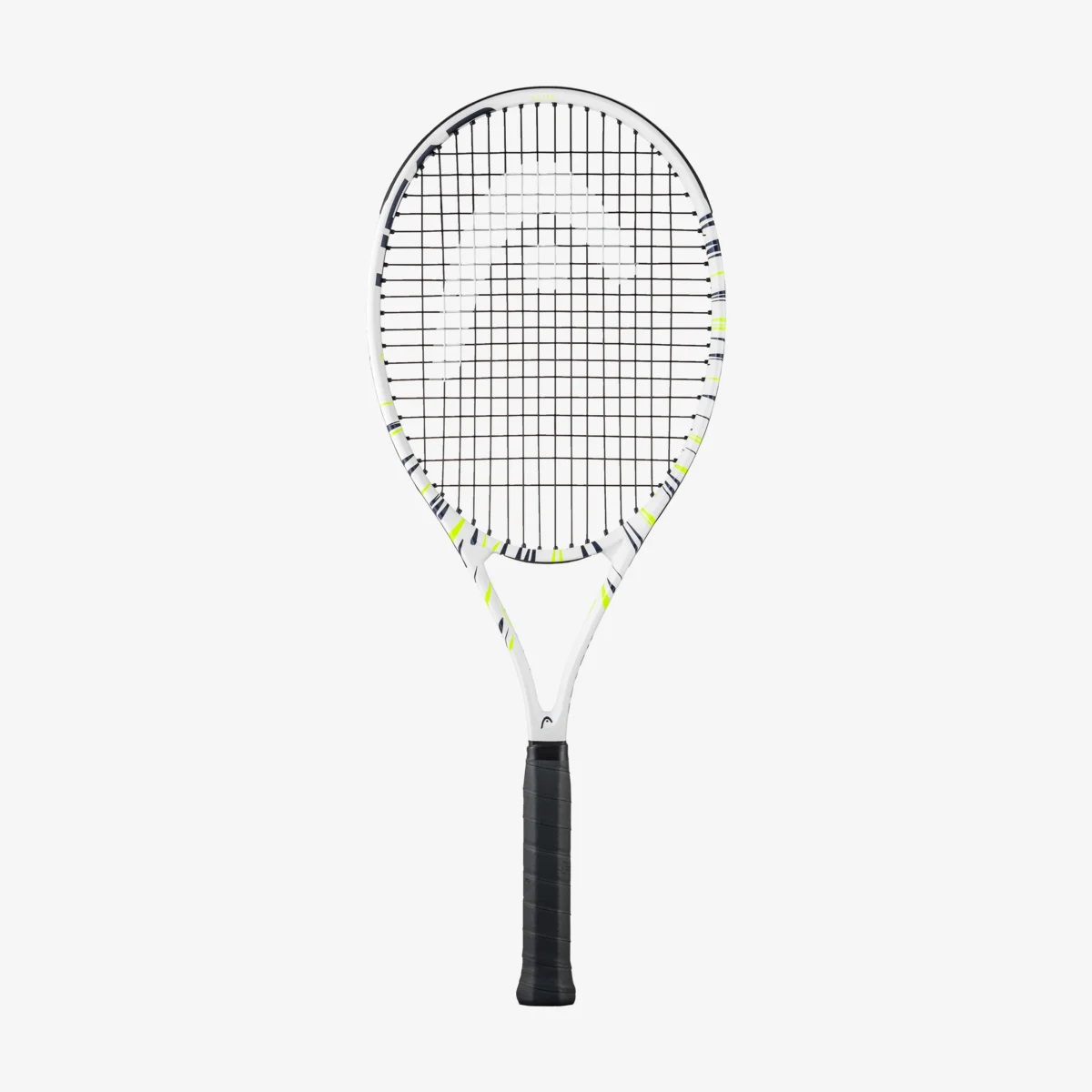
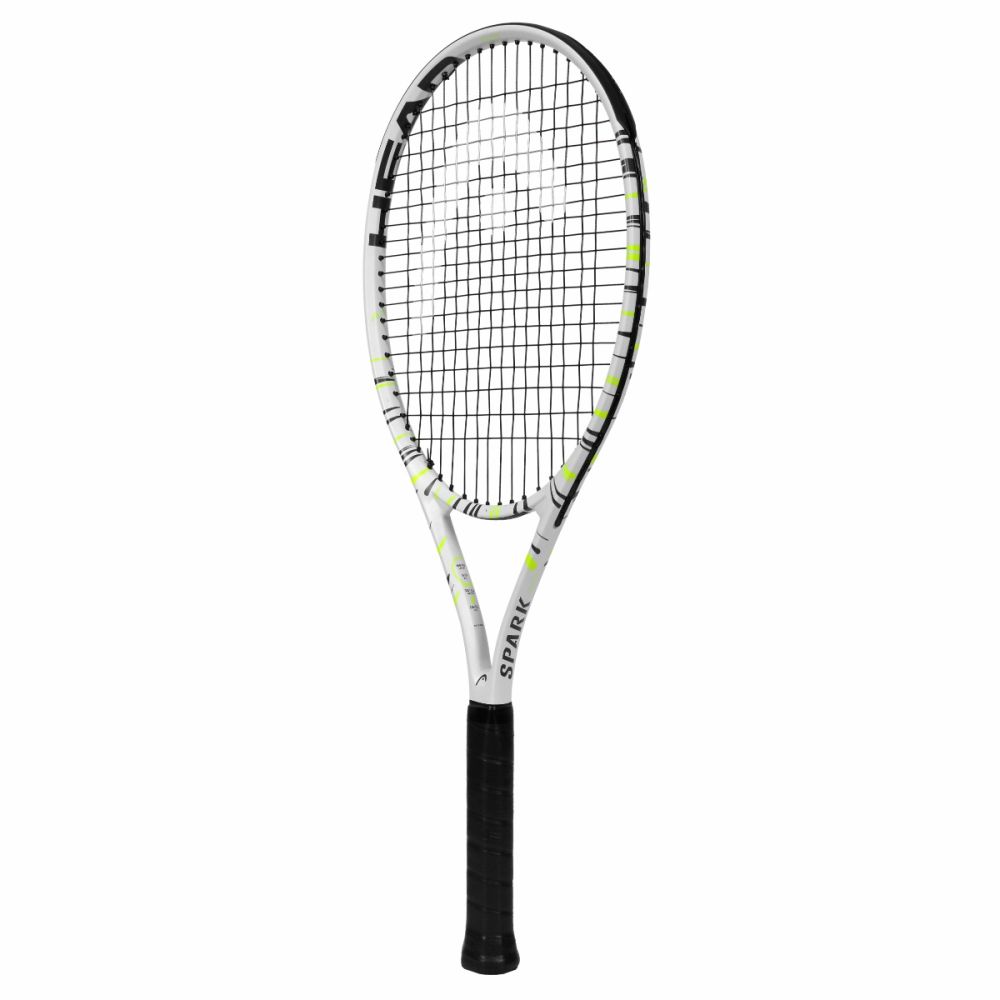 30% Off + 5% on first orderSelect options This product has multiple variants. The options may be chosen on the product page
30% Off + 5% on first orderSelect options This product has multiple variants. The options may be chosen on the product page₹6,599.00Original price was: ₹6,599.00.₹4,620.00Current price is: ₹4,620.00. -
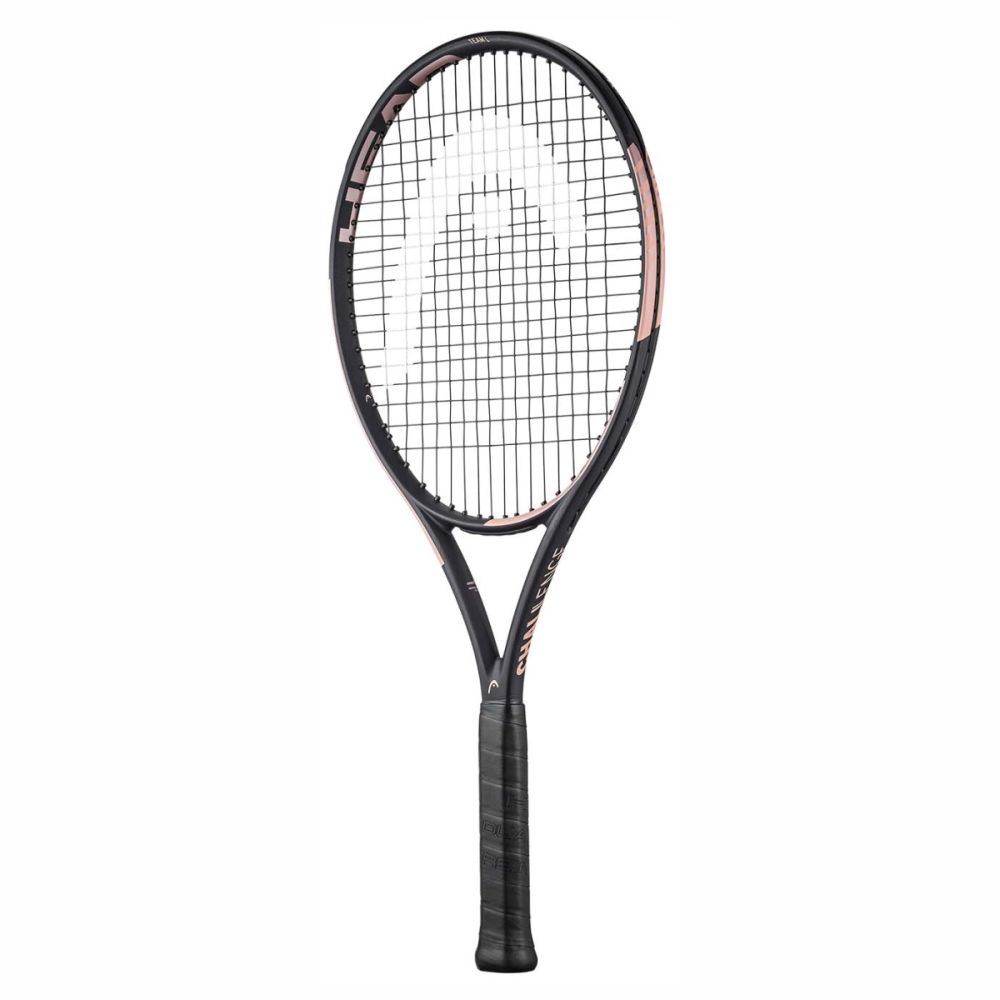
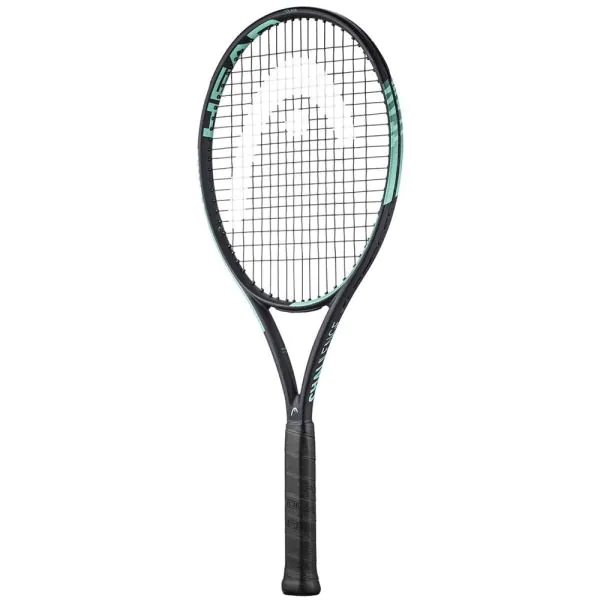 30% Off + 5% on first orderSelect options This product has multiple variants. The options may be chosen on the product page
30% Off + 5% on first orderSelect options This product has multiple variants. The options may be chosen on the product page₹12,999.00Original price was: ₹12,999.00.₹9,099.00Current price is: ₹9,099.00.
-
₹8,899.00Original price was: ₹8,899.00.₹6,230.00Current price is: ₹6,230.00. -
₹4,299.00Original price was: ₹4,299.00.₹3,199.00Current price is: ₹3,199.00. -
₹1,499.00Original price was: ₹1,499.00.₹975.00Current price is: ₹975.00. -
₹1,450.00Original price was: ₹1,450.00.₹799.00Current price is: ₹799.00. -
₹1,420.00Original price was: ₹1,420.00.₹700.00Current price is: ₹700.00. -
₹14,999.00Original price was: ₹14,999.00.₹8,999.00Current price is: ₹8,999.00.

